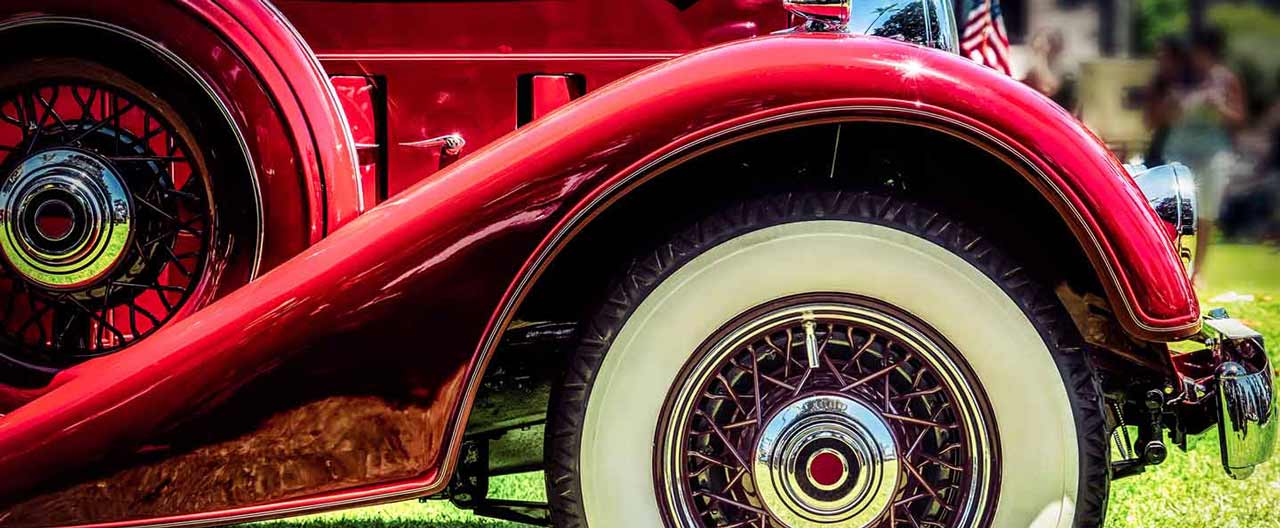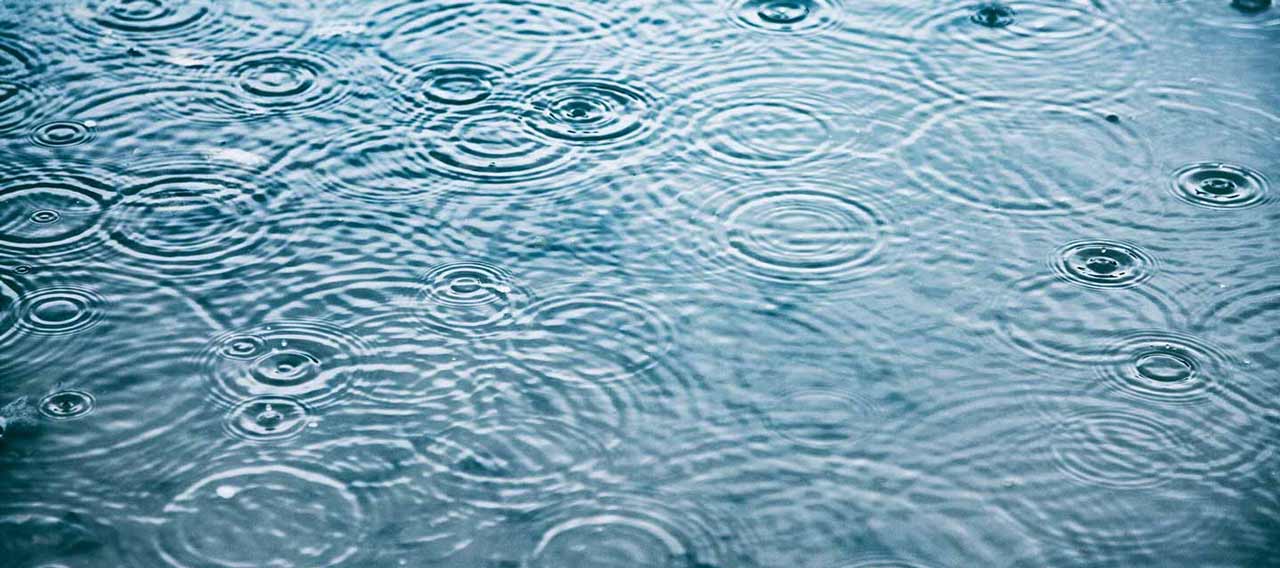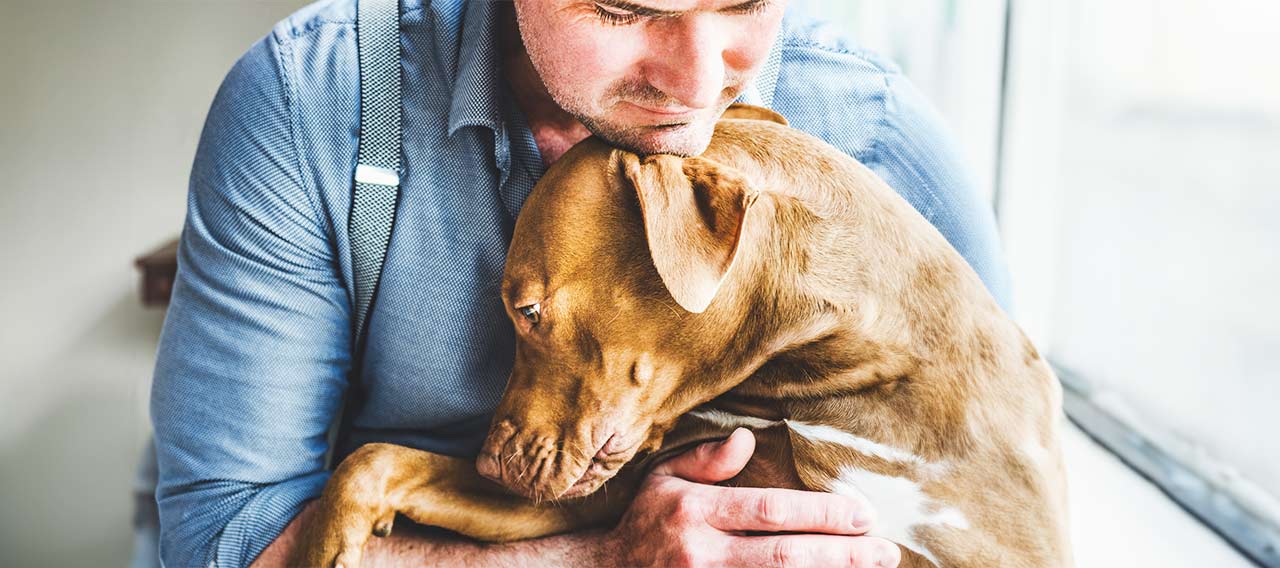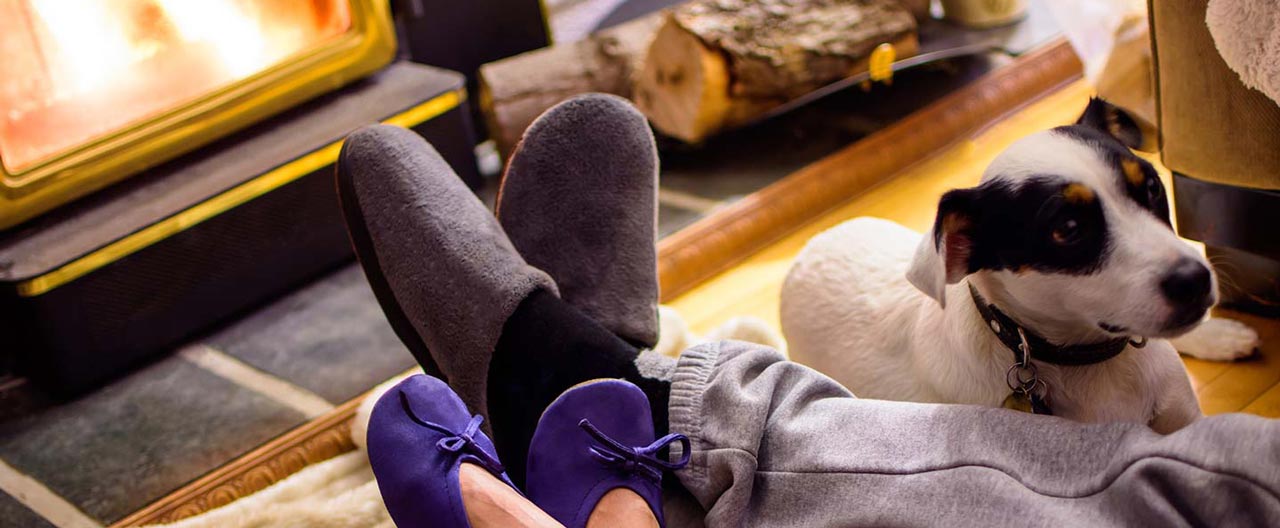- Individuals & Families
- Businesses
- Brokers

With winter on its way out, you may be ready for some spring cleaning.

Make sure you protect your classic cars from damage or additional wear and tear.

Keep your important papers and small valuables away from burglars, fire or natural disaster.

For over a hundred years, we’ve offered unparalleled stability and protection for small boats, yachts, luxury mega-yachts, and more.

Here are some things you can do to assist firefighters and minimize the damage to your home.

At their worst, disputes between professional service firms and their clients can lead to costly lawsuits.
Two-thirds of all residential fires are caused by improperly maintained fireplaces, chimneys, and wood stoves, according to the National Fire Protection Association. Which means, most of these types of fires are preventable. So, before you cozy up to a fire this winter, make sure you follow a few simple safety tips.
1. Get your fireplace and chimney inspected and cleaned.
Some fires are the result of a build-up in the chimney flue called creosote, which is a biproduct of burning wood. When the temperature inside the flue gets high enough, the creosote can ignite, causing a chimney fire. Because flues are not designed for the high temperature of a direct fire, the flue material can crack or separate and allow the structural material of a house to catch fire.
Hiring a chimney sweep once a year to clean and maintain your fireplace and chimney can prevent a lot of issues.
2. Maintain your wood stove, gas log system and oil-fired heating equipment too.
Each of these systems should be cleaned, inspected, and maintained at least once a year to prevent problems.
3. Install a spark arrestor.
A spark arrestor is a screen that covers the top of your chimney. It can prevent hot embers from flying out of the chimney, landing on, and igniting roofing material, leaves, or other debris on the roof.

4. Install carbon monoxide detectors on every floor of your home.
Carbon monoxide can cause sickness and even death, if undetected. Because it cannot be seen or smelled, a detector is a necessity.
5. Use a protective screen with a wood burning fireplace.
This screen will catch any stray embers before they can fly or pop out of your fireplace.
6. Use seasoned hardwood.
Softwood or unseasoned hardwood can create an excessive amount of creosote to build up in your chimney flue.

7. Keep your fire to a reasonable level.
While it may seem nice to have a roaring fire in the fireplace, creating excessive heat in the chimney can cause the flue to crack.
8. Stay by your fire, until it’s out.
Never go to sleep or leave your home while a wood burning fire is going. By being close by, you can make sure your fire stays under control – and you can enjoy its warmth and ambiance!
Insights and expertise



This document is advisory in nature and is offered as a resource to be used together with your professional insurance advisors in maintaining a loss prevention program. It is an overview only, and is not intended as a substitute for consultation with your insurance broker, or for legal, engineering or other professional advice.
Chubb is the marketing name used to refer to subsidiaries of Chubb Limited providing insurance and related services. For a list of these subsidiaries, please visit our website at www.chubb.com. Insurance provided by Chubb Insurance Company of Canada or Chubb Life Insurance Company of Canada (collectively, “Chubb Canada”). All products may not be available in all provinces or territories. This communication contains product summaries only. Coverage is subject to the language of the policies as actually issued.

